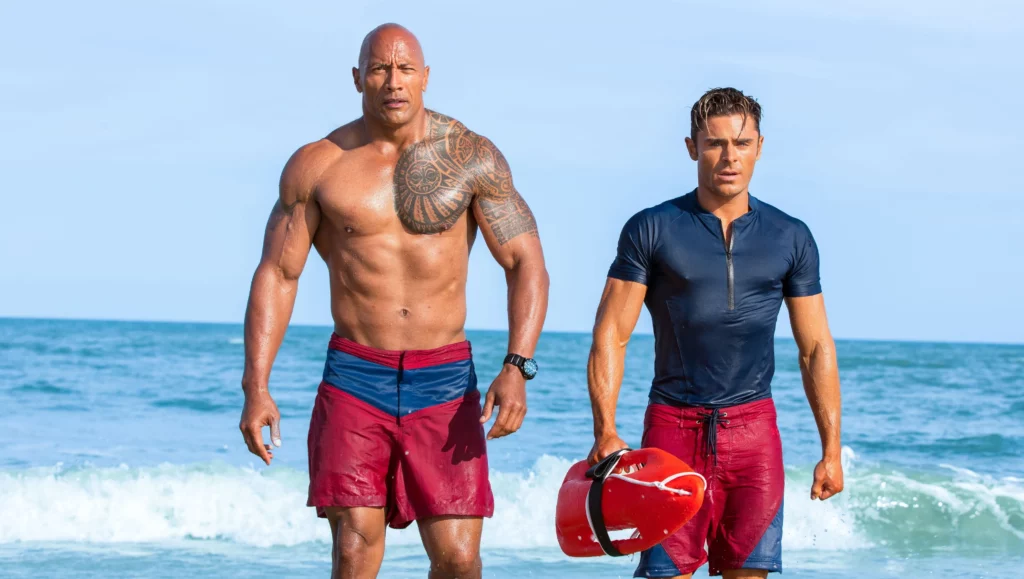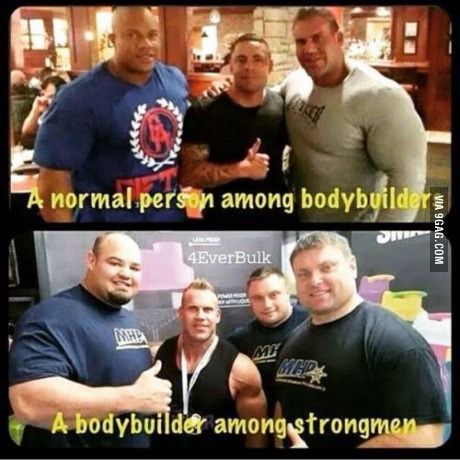When we think of “being in shape,” many of us imagine a certain body type—perhaps lean, muscular, or toned. Something like a fitness trainer, probably. However, the reality is that being healthy and fit comes in all shapes, sizes, and forms. There’s no single way to look or be in shape, and this diversity is something to celebrate. People at different ages, with varying lifestyles, and even across professions can be healthy in ways that may look entirely different from one another. A public example of this is demonstrated with ESPN’s annual “Body Issue,” often featuring Olympians and non-models. But before getting to the pros, let’s talk about ourselves.
Age and Fitness: Health at Every Stage of Life
Fitness isn’t just for the young. People can be in excellent shape at any age, though their physical abilities and needs may change over time. For example:
- In Your 20s and 30s: During these years, many people are able to focus on intense workouts, build muscle, and engage in sports or high-energy fitness routines. However, just because you’re in this age range doesn’t mean you have to be doing the most intense exercise out there to be in shape. Yoga, swimming, and even brisk walking can support good health without requiring you to hit the gym every day.
- In Your 40s and 50s: As people age, the focus often shifts toward maintaining muscle mass, flexibility, and joint health. Strength training, combined with lower-impact activities like cycling or Pilates, helps individuals in this age range stay in great shape. Some people may not have visible six-pack abs, but they could be exceptionally strong and fit, as well as highly resistant to injury.
- In Your 60s and Beyond: Many older adults maintain fantastic health by focusing on balance, coordination, and maintaining mobility. Activities like tai chi, resistance bands, and water aerobics are common ways for people to stay in shape in their later years. Someone in their 70s might not run marathons, but they could have excellent heart health, flexibility, and stamina.
Different Body Shapes, Same Health
Society often emphasizes a single standard for what a “fit” body should look like, but health isn’t determined by one body type. People can have vastly different body shapes and still be in excellent health.
- Ectomorphs, Endomorphs, and Mesomorphs: These terms describe body types that are naturally thin, naturally rounder, or naturally muscular, respectively. All three of these body types can be healthy, but each may respond differently to fitness routines. For instance, an endomorph may never look lean, but that doesn’t mean they can’t be fit, agile, or strong. Similarly, ectomorphs may find it hard to build muscle but can have incredible cardiovascular endurance.
- Fit but Not Lean: Some people may carry extra weight and still be incredibly fit. Studies have shown that people with higher body fat percentages who maintain strong cardiovascular and muscular health can still have lower risk factors for diseases like diabetes and heart disease. For example, a person who runs regularly or lifts weights might not be lean, but their heart and muscles could be in peak condition.
Athletes, Actors, and the Variety of Fit Bodies
Professional athletes and actors are often held up as examples of fitness, but even among these groups, there’s incredible variety in what it means to be in shape.
- Actors vs. Athletes: Actors who train for movie roles often focus on aesthetics—they need to look a certain way for a role, whether that’s lean, muscular, or toned. Their fitness training might involve intense bursts of exercise combined with strict diets, but it doesn’t always mean they’re at their peak physical performance. On the other hand, athletes focus on function—getting their bodies to perform specific tasks. For instance, a professional sprinter and a professional marathon runner are both incredibly fit, but their training regimens are completely different, and their bodies reflect that.

- Bodybuilders vs. Strongmen: The difference between bodybuilders and strongmen is a perfect example of how different ways of being in shape exist, even among people in the fitness world. Bodybuilders train for aesthetics, focusing on defined muscles, low body fat, and symmetry. On the other hand, strongmen train for raw strength, often lifting extremely heavy weights without much concern for muscle definition or low body fat. While bodybuilders may appear “fitter” in the traditional sense, strongmen may be significantly stronger, despite carrying more body fat.

Why There’s No One-Size-Fits-All Approach
There are countless ways to be healthy, and it’s important to acknowledge that fitness is personal. Your goals, lifestyle, and genetic factors all play a role in how your body responds to exercise and nutrition. Instead of comparing yourself to others, focus on finding what works best for your body and your health goals.
For example, someone who loves dance may be in excellent shape through Zumba or ballet, while someone else may prefer hiking or resistance training. Both individuals could be incredibly fit, even though their routines, and possibly their appearances, are very different. Similarly, someone who lifts weights daily will look different from someone who prioritizes running long distances, but both can be incredibly healthy.
Conclusion
There’s no single way to be in shape, and understanding that can help break the narrow view of fitness often portrayed in the media. From different ages and body types to the vast range of athletic disciplines, health and fitness come in all shapes and sizes. The key is to find what works for your body, your goals, and your lifestyle. Whether you’re training like an actor, an athlete, or simply working on maintaining strength and mobility as you age, being healthy and fit is a journey, not a destination.
If you’re looking for personalized advice on how to find the right health and wellness plan for you, consider scheduling a consultation with The A-List Clinic. Our experts can help tailor a program that works for your unique body, history, and goals.